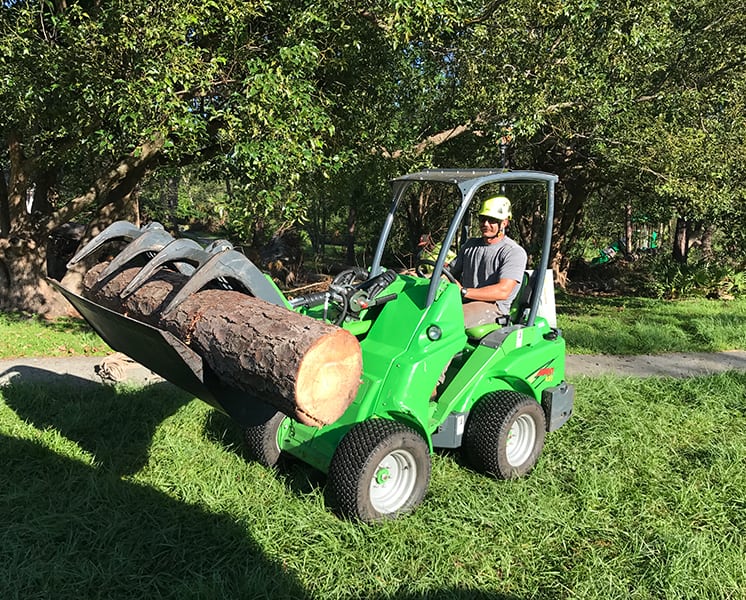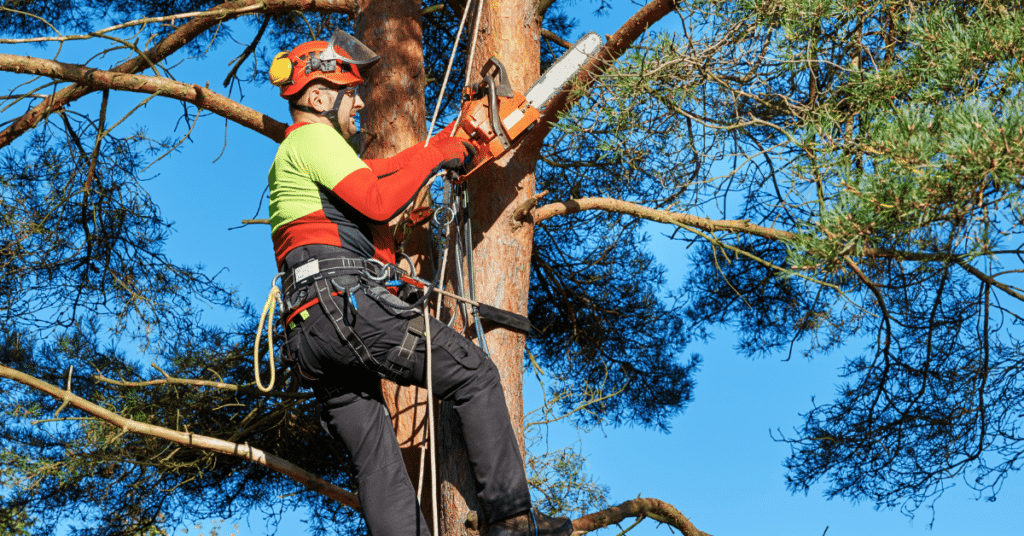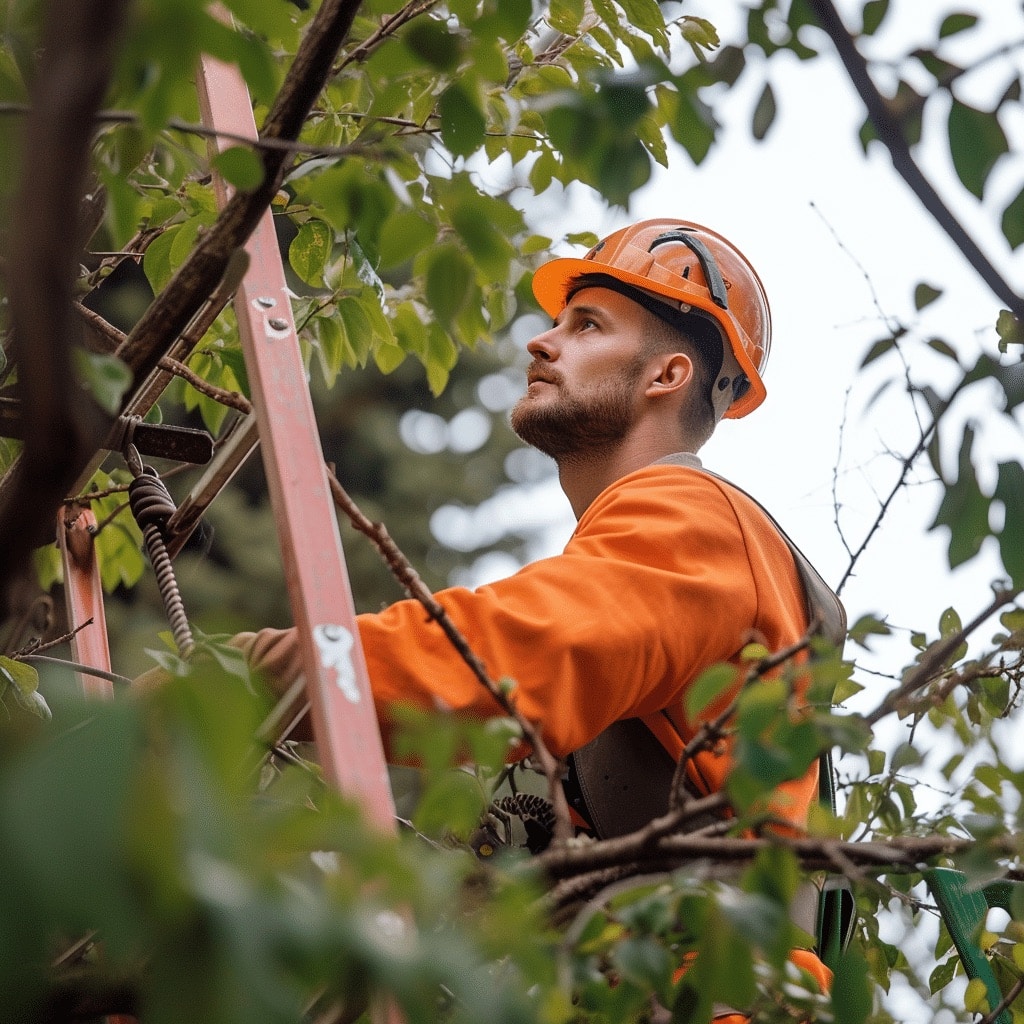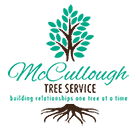By: Shelby McCullough| Published: June 27, 2024
Pruning trees is a crucial aspect of maintaining tree health and ensuring the safety and aesthetics of your property. Ignoring this vital task can lead to numerous adverse consequences. This blog delves into the importance of tree pruning, the potential repercussions of neglect, and practical tips for maintaining healthy trees.

Why Prune Trees?
Pruning trees involves selectively removing branches to improve the tree’s structure, health, and appearance. This practice offers several benefits:
- Health Improvement: Pruning removes dead or diseased branches, preventing the spread of pathogens and pests.
- Safety: Eliminates potentially hazardous branches that could fall and cause injury or property damage.
- Aesthetics: Maintains the tree’s shape and enhances the landscape’s visual appeal.
- Growth Control: Encourages healthy growth patterns and prevents overcrowding.
The Adverse Effects of Neglecting Tree Pruning
Neglecting to prune trees can result in various problems, impacting both the tree and its surroundings. Here are some key consequences of not pruning trees:
1. Increased Risk of Tree Diseases
When trees are not pruned, dead or diseased branches remain, providing a breeding ground for pests and pathogens. These can spread throughout the tree, leading to significant health issues or even tree death.
- Disease Spread: Unpruned trees with infected branches can transmit diseases to nearby healthy trees, creating a larger problem.
- Pest Infestation: Pests are attracted to decaying wood, which can lead to infestations that further harm the tree.

2. Structural Weakness and Safety Hazards
Unpruned trees can develop structural weaknesses that make them susceptible to breaking during storms or high winds. This poses a significant safety risk to people and property.
- Falling Branches: Dead or weak branches can fall unexpectedly, causing injuries or damage to property.
- Tree Collapse: In severe cases, the entire tree may become unstable and collapse.
3. Reduced Aesthetic Appeal
Overgrown and unpruned trees can look unsightly, detracting from the overall appearance of your landscape.
- Overgrowth: Excessive growth can make trees look wild and unmanaged.
- Imbalanced Shape: Without pruning, trees may develop an uneven shape, affecting the symmetry of your yard.

4. Impaired Growth and Development
Neglecting pruning can hinder a tree’s growth by allowing weak or competing branches to consume resources that could be better used elsewhere.
- Resource Allocation: Proper pruning directs nutrients and energy to stronger branches, promoting healthier growth.
- Crowding: Overcrowded branches can reduce sunlight and air circulation, essential for healthy development.
Practical Pruning Tips
Pruning trees effectively requires understanding the right techniques and timing. Here are some practical tips for maintaining healthy trees through pruning:
1. Know When to Prune
Different trees have varying ideal pruning times. Generally, late winter or early spring is best for most trees, as it allows wounds to heal quickly and reduces disease risk.
- Dormant Season: Pruning during the dormant season minimizes stress on the tree and promotes vigorous growth in the spring.
- Flowering Trees: Prune after blooming to avoid cutting off flower buds.
2. Use Proper Tools
Using the right tools ensures clean cuts and reduces the risk of damage or infection.
- Pruning Shears: Ideal for small branches.
- Loppers: Suitable for medium-sized branches.
- Pruning Saw: Necessary for larger branches.
3. Employ Correct Techniques
Proper pruning techniques are essential to avoid harming the tree.
- Thinning: Removes entire branches to reduce density.
- Crown Raising: Removes lower branches to provide clearance.
- Crown Reduction: Reduces the overall size of the tree.
Benefits of Regular Tree Pruning
Regular pruning not only prevents the adverse effects mentioned above but also offers numerous benefits:
- Enhanced Tree Health: By removing diseased or dead branches, you ensure that the tree can allocate resources to healthy growth.
- Increased Lifespan: Healthy trees that are regularly pruned live longer and remain structurally sound.
- Improved Air Circulation: Thinning out branches improves air circulation, reducing the risk of fungal infections.
FAQs about Tree Pruning
Q1: How often should trees be pruned?
A: The frequency of pruning depends on the type and age of the tree. Young trees should be pruned every 2-3 years, while mature trees may need pruning every 3-5 years.
Q2: Can I prune my trees myself, or should I hire a professional?
A: While minor pruning can be done yourself, it’s best to hire a certified arborist for large trees or extensive pruning to ensure safety and proper techniques.
Q3: What are the signs that a tree needs pruning?
A: Look for dead or dying branches, crowded or crossing branches, and branches that hang too low or are too close to structures.
Q4: Is there a wrong way to prune trees?
A: Yes, improper pruning can harm the tree. Avoid cutting too close to the trunk, making random cuts, or removing too much foliage at once.
Q5: How does pruning affect fruit production in trees?
A: Pruning can enhance fruit production by allowing more sunlight to reach fruit-bearing branches and improving air circulation.
Conclusion
Pruning trees is essential for their health, safety, and appearance. Neglecting this important task can lead to diseases, structural weaknesses, aesthetic issues, and impaired growth. By understanding the importance of regular pruning and employing the right techniques, you can ensure your trees remain healthy and beautiful for years to come. If you’re unsure about how to properly prune your trees, consider consulting a certified arborist for expert advice and services.
For all your tree care needs, including pruning, contact McCullough Tree Service in Orlando, FL. Our team of certified arborists is dedicated to maintaining the health and beauty of your trees. Call us at (407) 734-5854 for a free estimate today.

